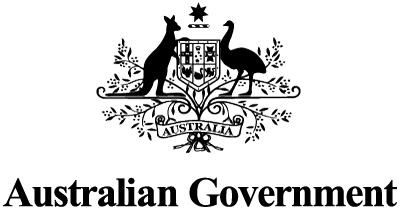Mt Vandyke project background – Let’s talk about conservation fences
Humans have been using fences to manage domesticated animals for thousands of years, but their use and form in more recent years has evolved considerably to the point that they are now a commonly used tool for conservation projects.
While fences are not and never will be the sole answer in threatened species management, they are an incredibly useful tool in a variety of circumstances. Some of the many reasons why conservation fences are used are listed below (with our objectives for Mt Vandyke highlighted in bold).
Conservation fences may be employed to:
- manage access to artificial water points;
- exclude introduced species (including livestock) from conservation areas;
- conserve small populations of highly threatened species in situ;
- use the newly-protected areas as reintroduction sites for rare or threatened species of fauna;
- display native species within confined but natural surroundings for educational and ecotourism purposes.
As you can imagine, some careful thought needs to go into the final design of a conservation fence. It is a big investment and there are a lot of variables to consider, especially the characteristics (e.g. size, climbing behaviour, etc) of the species we are trying to keep both in and out. What works for one species or conservation objective in one location, may not in another.
For example, in New Zealand conservation fences usually seek to exclude introduced rodents so a very small mesh gauge is called for, while in arid areas materials may weather differently to higher rainfall areas.
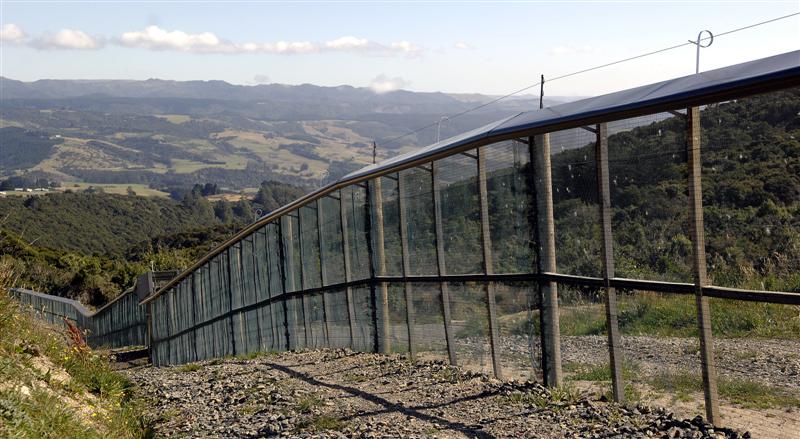
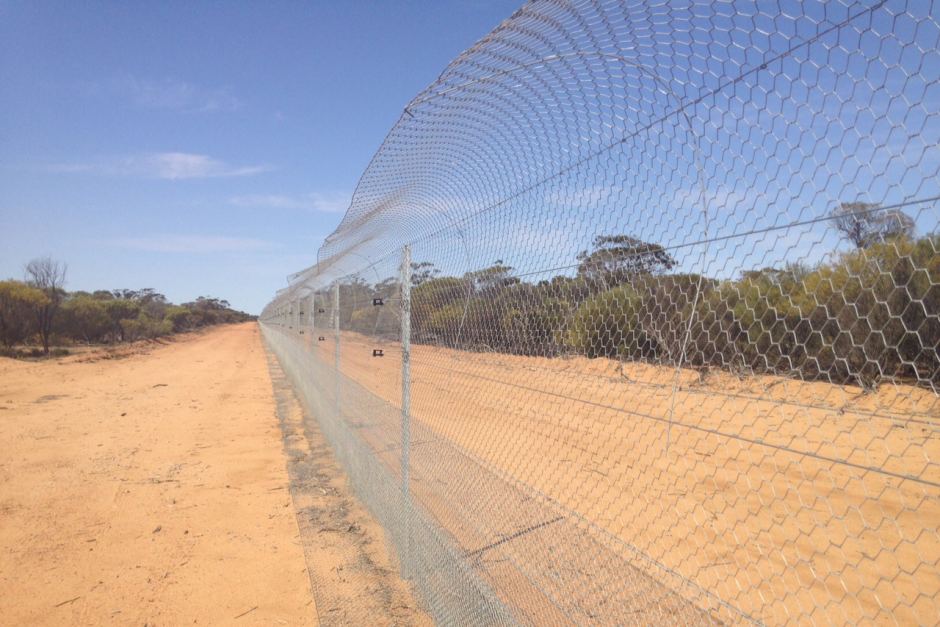
On Yorke Peninsula in South Australia, the Marna Banggara project recently took an exciting step forward, with the release of the first re-introduced Brush-tailed Bettongs into their project area. A couple of fascinating design features of the 25km fence for this project across the Peninsula, are that (a) it is not completely sealed – it has openings for all major roads and thoroughfares – and (b) it also includes large areas of farmland behind the fence. This means that, while a degree of ongoing feral predator suppression inside the fence will be required, the fence will significantly reduce the rate of reinvasion and give the native species behind the fence the competitive edge in that managed zone. This level of feral predator suppression will also benefit agricultural production, particularly sheep graziers.
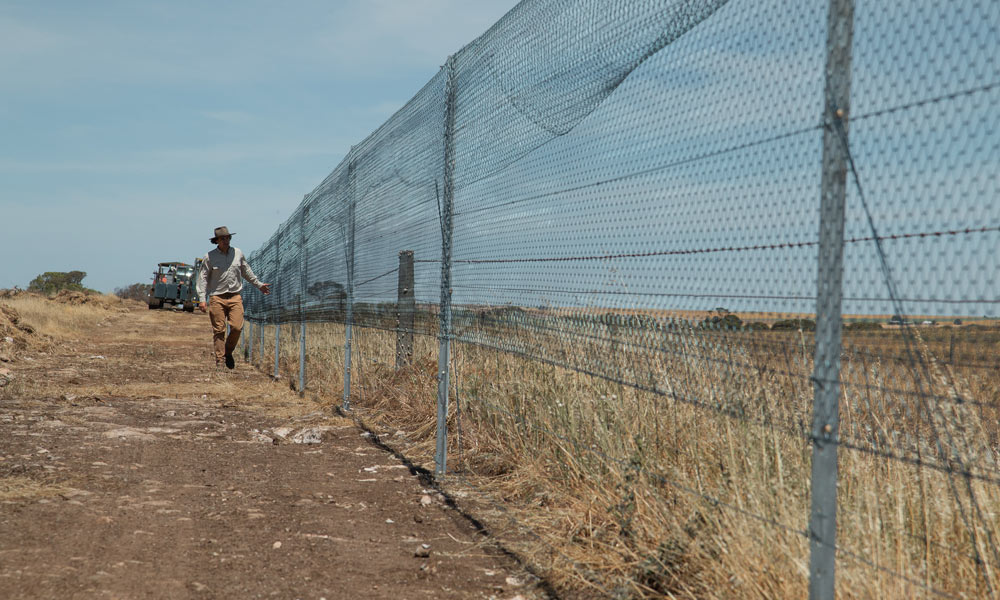
This is just the tip of the iceberg, but you can see that for the project at Mt Vandyke we are fortunate to not have to ‘reinvent the wheel’, thanks to the efforts of the many different environmental organisations who have been experimenting with conservation fences across Australia and New Zealand for the past few decades. Thankfully this also includes many fences in temperate areas that are working with similar species to us, in a comparable climate.
So before we finalise our design, we’ve been asking around, comparing notes and checking how the various current preferred designs interact with our future target species and their requirements. And while conservation fences will often lead to some incidental ‘leakage’ of animals into the surrounding environment (again, depending on fence design), this is a process we are keen to actively explore and take advantage of, for facilitating eventual movement and/or exchange of animals between the source populations inside our fenced reserve and the vast fox-baited natural landscape surrounding Mt Vandyke. So this means we are also giving some thought as to how we can manipulate but ultimately control that rate of leakage.

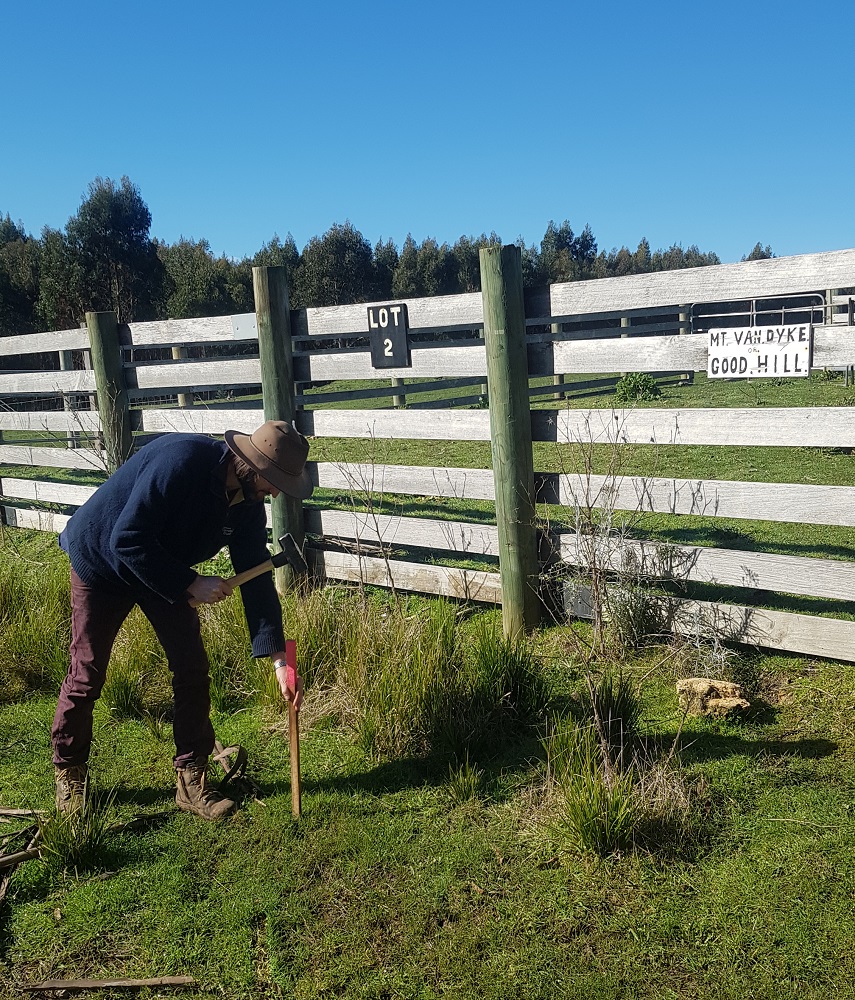
Over the past couple of months we’ve had some great conversations with the managers of other sites with conservation fences, fencing materials reps, and site preparation contractors, as well as our neighbouring land managers DELWP and Parks Victoria.
In short, as we narrow down our final design, we are working hard to ensure that our fence incorporates the current best practice and materials, adapted to our site and goals, so that both our site and fence remain vital conservation assets long into the future.
We have a busy 6 months ahead, so stay tuned for more updates soon!
The project at Mount Vandyke is partly funded in 2021-22 by the Australian Government,
via the Bushfire Recovery for Wildlife and Habitat Community Grants Program.
